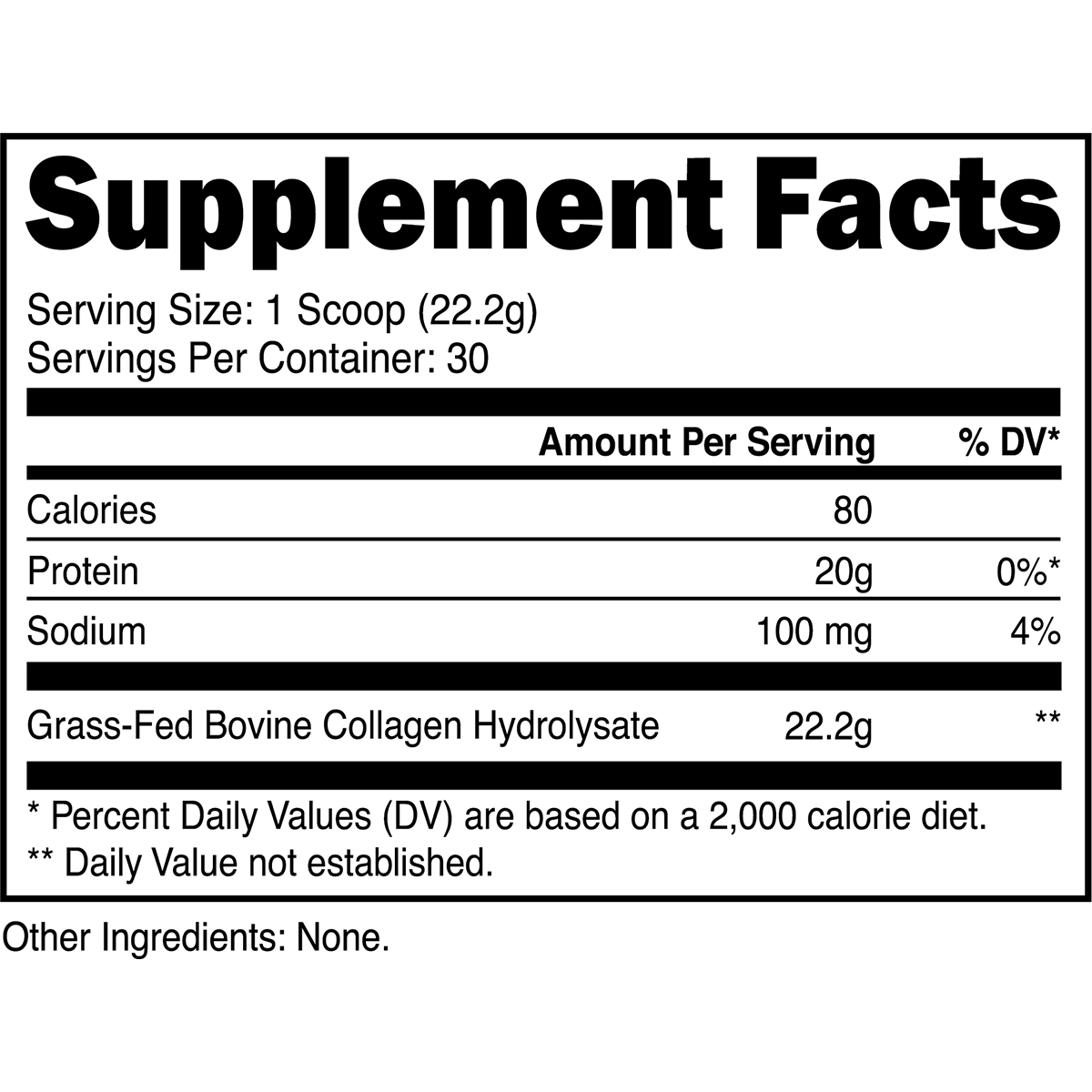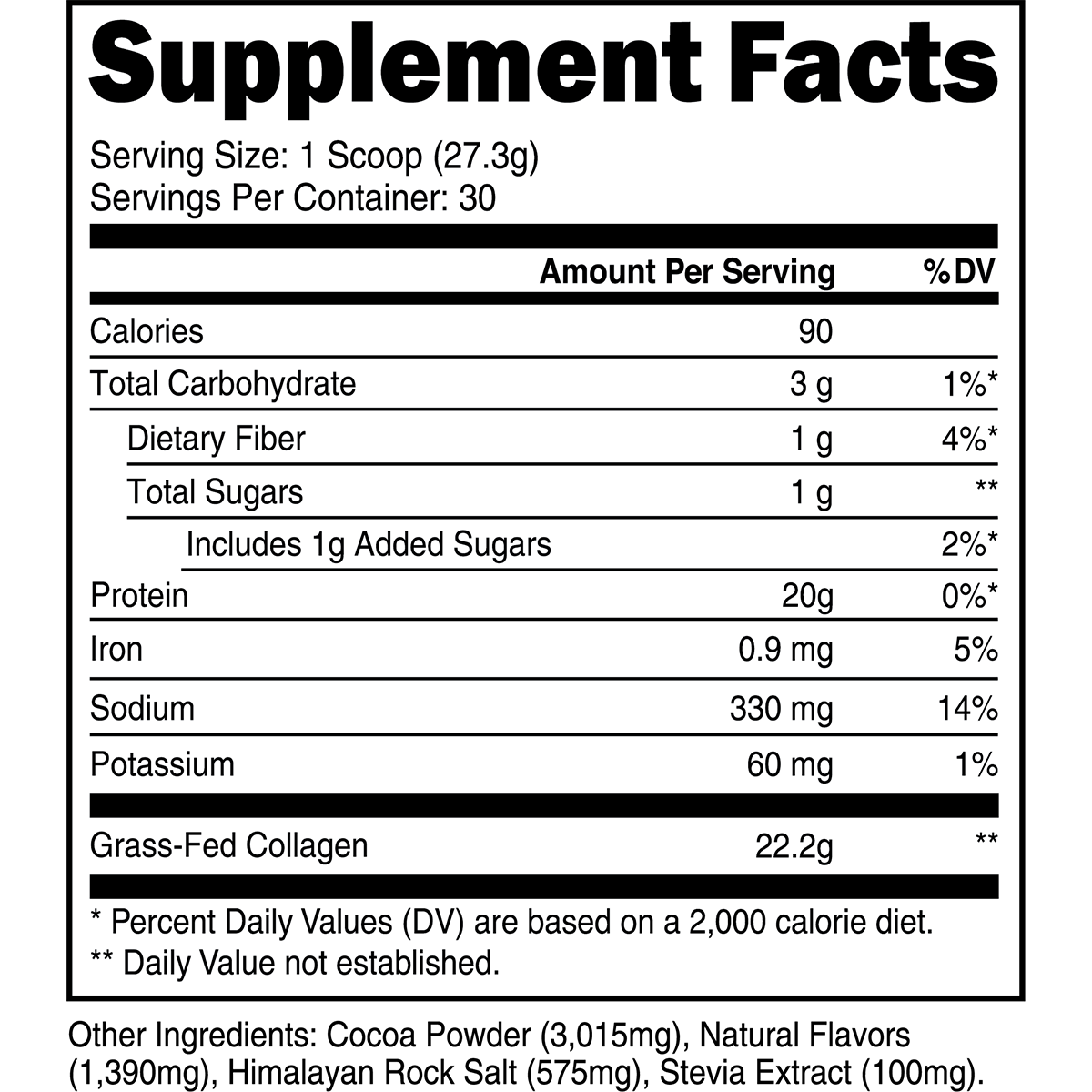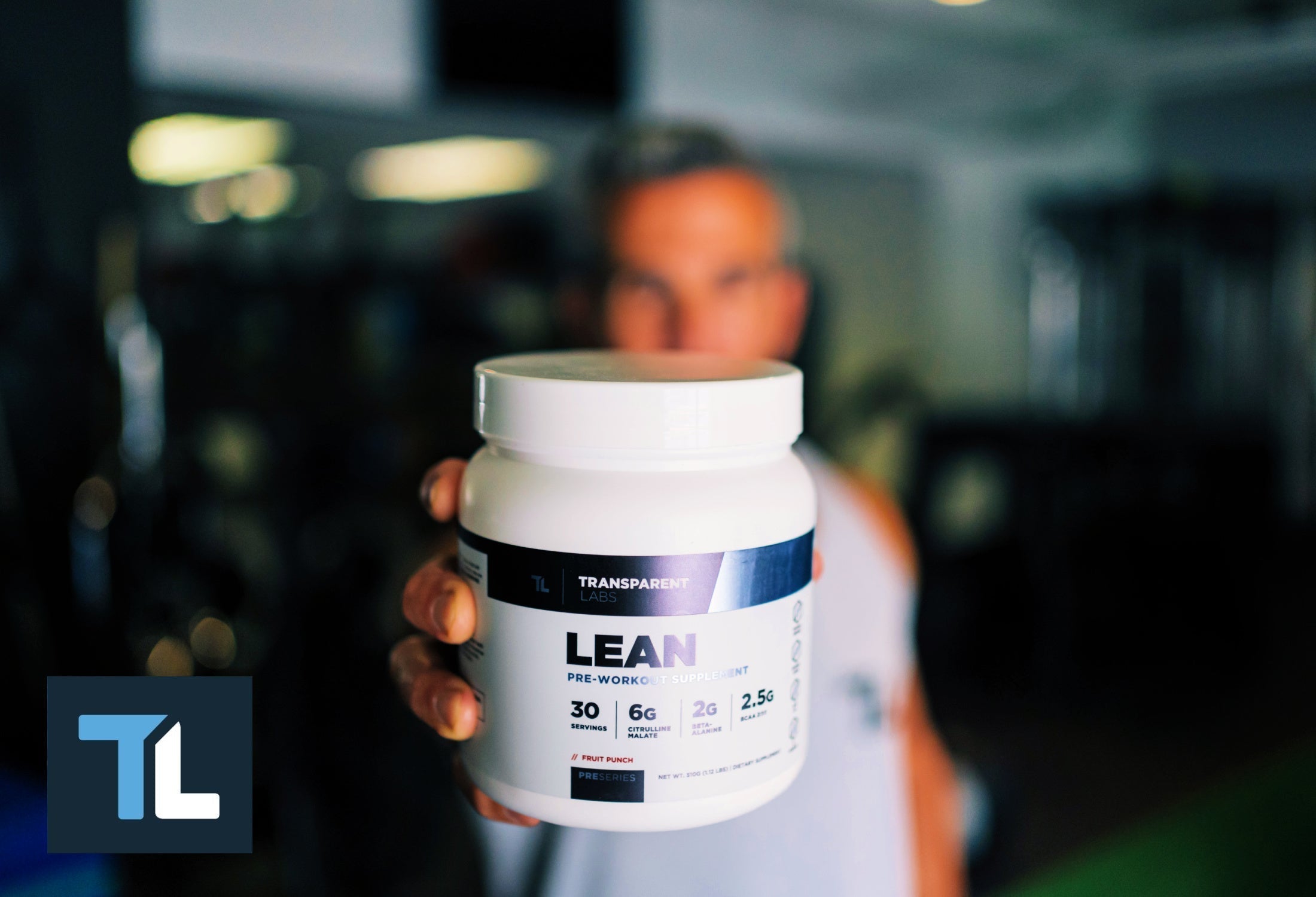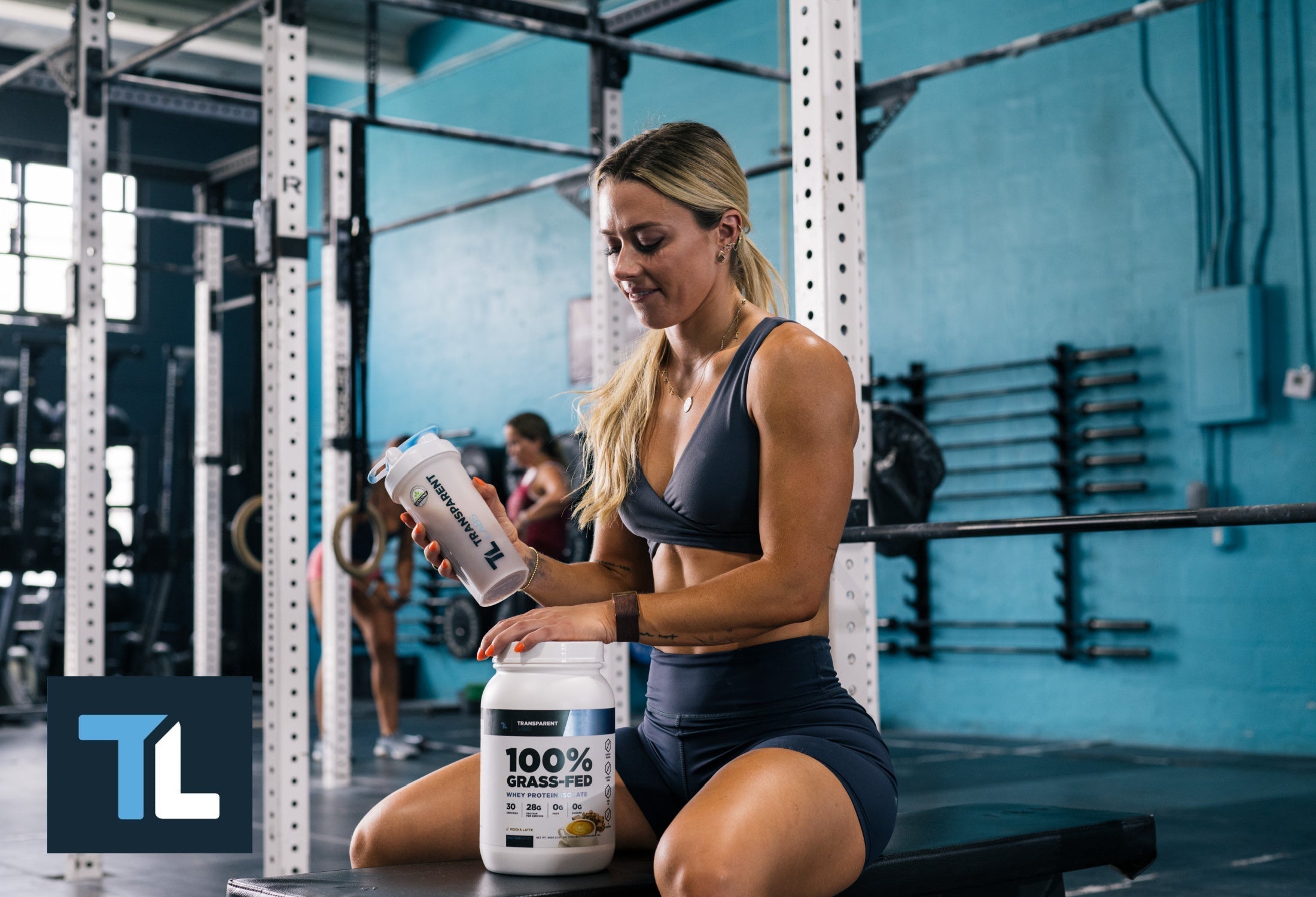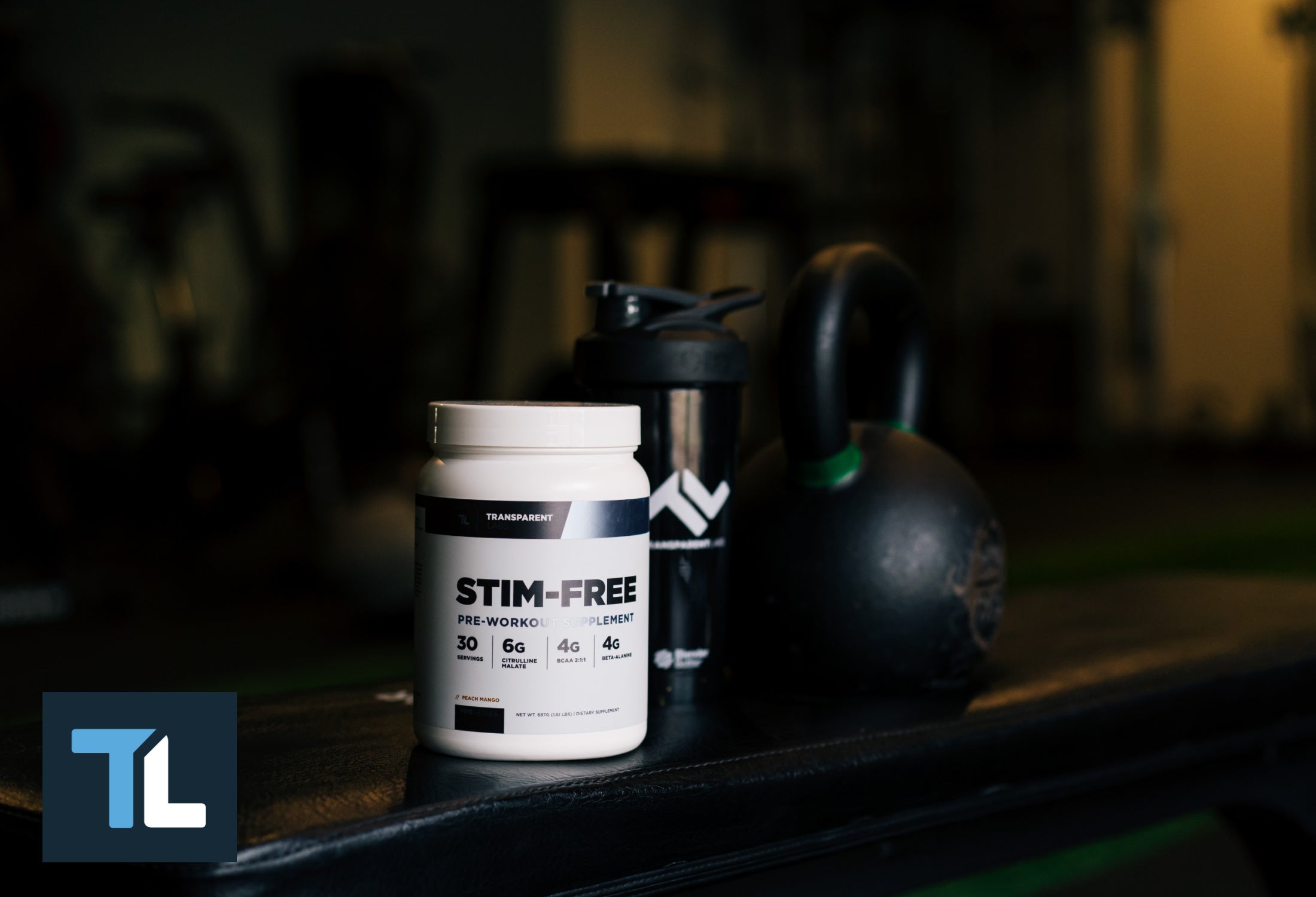Leg day is the eternal lament of a great many people who would much rather focus on their beach muscles, like their chest, biceps, abs, and shoulders. If you’re a member of this group, you don’t want to waste your time training muscles that can be effectively hidden beneath a pair of loose jeans or baggy sweatpants.
Obviously, an approach to resistance training that ignores your legs completely also overlooks the necessity of maintaining leg muscle health. After all, your legs are the foundation of your body in many ways, and a lot of functional strength is applied from the bottom up.
The problem emerges when you put your legs through a punishing round of resistance training, and then you’re forced to stumble around for days on a shaky set of aching legs. So, with so many forms of cardio being primarily leg-driven exercises, it begs the question, are there forms of cardio I can do that would enable me to skip leg day altogether?
What is the point of leg day?
Before you decide whether or not a form of cardio can effectively replace leg day, it’s helpful to decide what the ultimate purpose behind your leg day is, at least when it comes to your individual fitness goals.
The usual intent of leg day is to accomplish any of three things, with there usually being some overlap between the three areas being addressed. First, if you’re focused on maximizing muscle size and vascularity, the primary purpose of your leg day is to increase the size of your leg muscles. In order to accomplish this, you might complete anywhere from two to 10 different leg-focused exercises in a single training session.
The number and type of exercises you opt to complete for legs is usually an extension of how laser-focused you are toward targeting every component of your legs to the utmost. However, studies indicate that the lower body exercises that induce the greatest overall hypertrophy in the greatest number of leg muscles are squats and deadlifts. (1)
In the same vein, you may be one of those people whose primary concern on leg day is to do the bare minimum in order to look like you don’t skip leg day. In that case, research indicates that it may be possible for you to skate by while only performing one or two compound leg exercises on a regular basis, and in far fewer sets than you might otherwise have guessed. (2)
Performance
If you compete in a specific sport, there’s a solid chance that your coach will advise you to train your legs simply for the sake of power application. Obviously, if you compete in powerlifting or Olympic weightlifting, much of your workout is likely to involve the performance of heavy, compound leg-based lifts, so performing exercises like the squat, deadlift, snatch, and power clean are going to be essential training requirements.
For non-lifting sports — which could consist of anything from football and lacrosse to running or surfing — training your leg muscles will make your lower body more stable, and also enables you to apply more force to the ground or another object. In essence, your leg muscles are trained to cause adaptations that result in greater strength and endurance, both of which are key to boosting performance quality.
In one of the best examples of this phenomenon, separate studies proved that strength training with high loads, submaximal loads, plyometrics, and isometrics was found to improve running economy in middle- and long-distance runners. (3) This revealed how even runners whose primary attribute is their aerobic conditioning can benefit greatly from focused strength training, the majority of which is directed toward their legs.
Health
Aside from size and strength, one of the principal benefits to having strong legs is for the sake of sturdiness and balance. The results of a study that included 64 participants divided into sedentary and physically active groups across three different weight classifications indicate that leg strength was the chief predictor of balance, regardless of the size and fitness level of the participants. (4)
Especially as we age, there is a correlation between leg muscles and the likelihood of suffering a fall. Likewise, an increased number of falls elevates the likelihood of an injury being experienced, which further reduces the body’s stability, and increases the likelihood of future falls and injuries.
If you are primarily interested in preserving your health, leg day is an opportunity to maintain the operability of your body from the bottom up, while affirming your ability to move with confidence in all of the scenarios you are likely to encounter in everyday life.

What are the traits of cardio that would enable it to substitute for leg day?
This is something of a trick question, because it all depends on what your leg day is intended to accomplish for you. For a great many people, the simple act of running on a treadmill or swimming laps in a pool is adequate to preserve the health, strength, and flexibility of their lower body at the level they require to get through daily life productively.
When we start getting to the other requirements of leg day — that it improves the size and strength of your lower body muscles — that’s when a bit more attention needs to be focused on the nature of your cardio, and also how you go about structuring your training sessions around it.
So, if we’re going to acknowledge a form of cardio as being capable of allowing you to skip leg day, it must be a form of cardio that can be completed in such a way that it involves all of the major muscles of your legs — primarily the hamstrings, quadriceps, and glutes — while having enough of a hypertrophic effect that anyone who looks at you would assume that you directly train your legs
Rowing
Don’t let the presumptions you have about rowing from training with weights steer you in the wrong direction here. The force of a rowing stroke as performed on an ergometer — which mirrors the rowing motion of a crew team inside of a rowing shell — is primarily generated by the drive of your leg muscles.
Studies show that most of the major movers of your legs are collectively activated during the drive phase of rowing. (5) The angle of your legs at the point where they take over the application of propulsive force averages around 90-degrees, which is similar to their position when performing a squat or deadlift. In fact, people have often described rowing as a lightweight version of hybrid deadlift and clean, performed horizontally.
On top of rowing being a leg-intensive workout, much of the resistance of rowing is dictated by how much force you exert against the machine. This means that the harder you push, the more challenging the effort is for your muscles in an explosive sense. Therefore, in high-intensity training environments, a series of all-out 30 second sprints can leave all the major muscles of your legs feeling absolutely fried.
Stepmill
In the same way that the incline setting on a treadmill empowers you to run on eternal slopes that simply don’t exist in real life, a stepmill allows you to climb a staircase to the highest floor of an unfathomably tall skyscraper that doesn’t exist. In essence, you can exceed the climb to the top of whatever earthly landmark you can name while using only the muscles of your legs, by taking steps one or two at a time.
If you ask the right personal trainer, they can come up with a number of ways to make this exercise more challenging; simply by taking two steps at a time, you’ll be doing the equivalent of alternating-leg step-ups, which are an excellent hamstring, glute, and quadricep exercise in their own right.
Still, there’s no need to overthink it. If you’re consistently spending multiple sweaty sessions of 20 minutes or more on a stepmill each week, you may find that you no longer need squats and deadlifts to keep your lower body proportioned the way you’d like it to be.
Spin Bike
A stationary bike is an obvious device to use for increasing the size of your leg muscles. In particular, a spin bike replicates the function of a standard racing bike, which elevates your hips higher than the handles, and enables you to drive your body weight into the pedaling action.
At high resistance levels, tremendous force is required to move the pedals, thereby enabling your legs to develop adequate strength and muscle size while they work. Even in a study involving older men suffering from sarcopenia, exercising on a low-resistance cycle ergometer three to four times per week for 12 weeks induced significant changes in the size of their quadriceps and portions of the hamstring muscles. (6)

A Medicine That’s Harder than the Sickness
The good news is that executing one or all of these aerobic exercises on a consistent basis can leave your legs looking and performing impressively. The bad news? You may end up wishing that you had actually engaged in a formal leg day. This is because in order to get the most out of these cardiovascular exercises in ways that lead to an obvious strengthening and growth of your leg muscles, you’re going to have to work hard.
On the spin bike, this will probably require you to pedal at a rather high resistance level. When you’re using a rower, you’ll need to perform sprints where you’re pressing and driving as hard as you can. On the stepmill, you may have to pick up the pace, double up on the steps, and try to hold out for as long as you can.
The point is this: Whether you choose to participate in a leg day, or you choose to bypass a formal leg day by opting for the right combination of cardio options, there is no way to avoid the diligent work it takes to develop legs that can perform under pressure, and also look like they can deliver when it counts.
A Bushel of Benefits
If you perform your cardio in a way that pushes the boundaries of your lower body’s capabilities, you will undoubtedly end up with legs that are fit, strong, resilient, and visually impressive. As an added bonus, all of that cardio will undoubtedly leave you with a supremely conditioned heart, which is almost as nice as the fact that no one will accuse you of skipping leg day ever again.
Sources
-
Nigro F, Bartolomei S. A Comparison Between the Squat and the Deadlift for Lower Body Strength and Power Training. J Hum Kinet. 2020 Jul 21;73:145-152. doi: 10.2478/hukin-2019-0139. PMID: 32774546; PMCID: PMC7386153.
-
Androulakis-Korakakis P, Fisher JP, Steele J. The Minimum Effective Training Dose Required to Increase 1RM Strength in Resistance-Trained Men: A Systematic Review and Meta-Analysis. Sports Med. 2020 Apr;50(4):751-765. doi: 10.1007/s40279-019-01236-0. PMID: 31797219.
-
Llanos-Lagos C, Ramirez-Campillo R, Moran J, Sáez de Villarreal E. Effect of Strength Training Programs in Middle- and Long-Distance Runners' Economy at Different Running Speeds: A Systematic Review with Meta-analysis. Sports Med. 2024 Apr;54(4):895-932. doi: 10.1007/s40279-023-01978-y. Epub 2024 Jan 2. PMID: 38165636; PMCID: PMC11052887.
-
Delfa-de-la-Morena JM, Paes PP, de Oliveira DPL, Júnior FC, Lima BDM, García-González M, Mijarra-Murillo JJ, Riquelme-Aguado V. Single-Leg Balance and Lower Limb Strength: Quantitative Analysis with the Balance Master System. J Funct Morphol Kinesiol. 2024 Dec 21;9(4):282. doi: 10.3390/jfmk9040282. PMID: 39728266; PMCID: PMC11678305.
-
Vieira TM, Cerone GL, Stocchi C, Lalli M, Andrews B, Gazzoni M. Timing and Modulation of Activity in the Lower Limb Muscles During Indoor Rowing: What Are the Key Muscles to Target in FES-Rowing Protocols? Sensors (Basel). 2020 Mar 17;20(6):1666. doi: 10.3390/s20061666. PMID: 32192073; PMCID: PMC7147320.
-
Naruse M, Vincenty CS, Konopka AR, Trappe SW, Harber MP, Trappe TA. Cycle exercise training and muscle mass: A preliminary investigation of 17 lower limb muscles in older men. Physiol Rep. 2023 Aug;11(16):e15781. doi: 10.14814/phy2.15781. PMID: 37606179; PMCID: PMC10442866.



